Archives
- 2025-11
- 2025-10
- 2025-09
- 2025-03
- 2025-02
- 2025-01
- 2024-12
- 2024-11
- 2024-10
- 2024-09
- 2024-08
- 2024-07
- 2024-06
- 2024-05
- 2024-04
- 2024-03
- 2024-02
- 2024-01
- 2023-12
- 2023-11
- 2023-10
- 2023-09
- 2023-08
- 2023-07
- 2023-06
- 2023-05
- 2023-04
- 2023-03
- 2023-02
- 2023-01
- 2022-12
- 2022-11
- 2022-10
- 2022-09
- 2022-08
- 2022-07
- 2022-06
- 2022-05
- 2022-04
- 2022-03
- 2022-02
- 2022-01
- 2021-12
- 2021-11
- 2021-10
- 2021-09
- 2021-08
- 2021-07
- 2021-06
- 2021-05
- 2021-04
- 2021-03
- 2021-02
- 2021-01
- 2020-12
- 2020-11
- 2020-10
- 2020-09
- 2020-08
- 2020-07
- 2020-06
- 2020-05
- 2020-04
- 2020-03
- 2020-02
- 2020-01
- 2019-12
- 2019-11
- 2019-10
- 2019-09
- 2019-08
- 2019-07
- 2019-06
- 2019-05
- 2019-04
- 2018-11
- 2018-10
- 2018-07
-
Nociceptive and hyperalgesic actions of ET are produced
2019-07-19
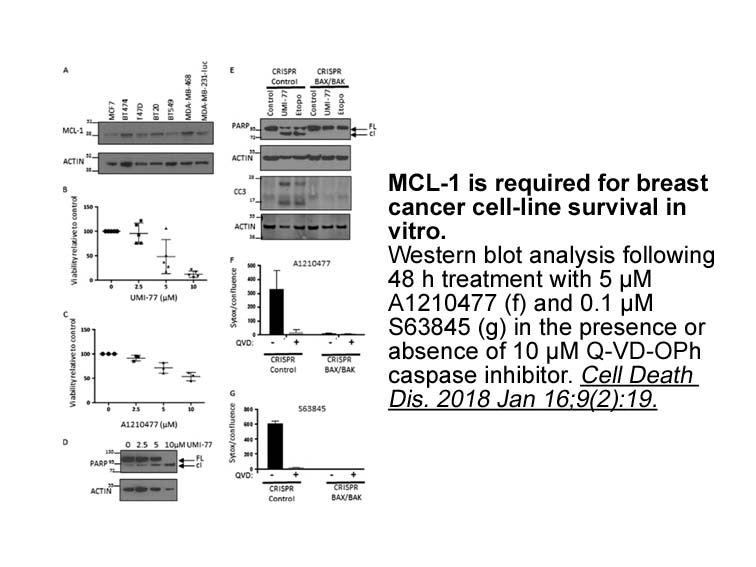
Nociceptive and hyperalgesic actions of ET-1 are produced through ETA and ETB receptors. Previous reports indicate that ETA receptor antagonists in peripheral tissues are effective in inhibiting ET-1 induced hyperalgesia, and attenuation of neuropathic pain in rats [16]. Studies have also shown that
-
br Introduction Breast cancer is the
2019-07-19
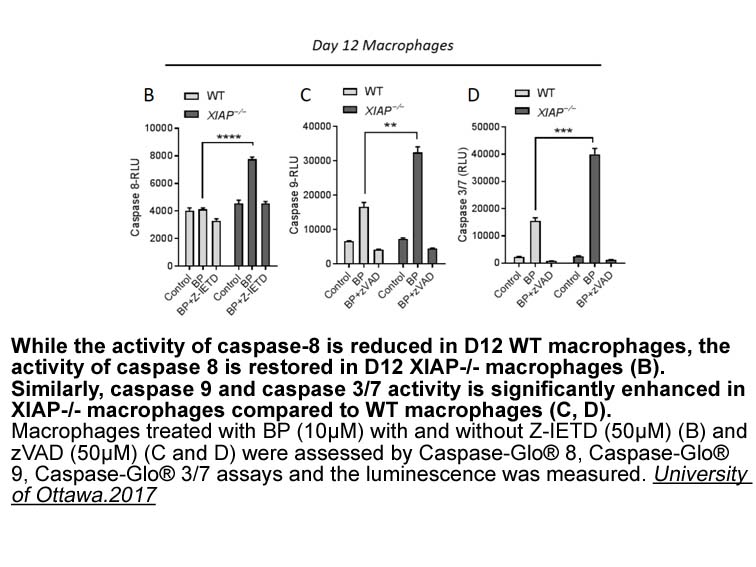
Introduction Breast cancer is the most common cancer in women and one of the leading causes of death worldwide. Estrogen receptor alpha (ERα, “wild-type” estrogen receptor), encoded by the estrogen receptor1 (ESR1) gene, is expressed in approximately 70% of all breast cancers. Hormonal therapy ha
-
With regards to translational development of SMEPT we acknow
2019-07-19

With regards to translational development of SMEPT, we acknowledge that we are not aware of any trials currently underway to validate this methodology in clinical settings. It appears fair to say that enthusiasm and commitment from corporate developers does not match that of academic partners. One r
-
The rate of protein degradation
2019-07-19
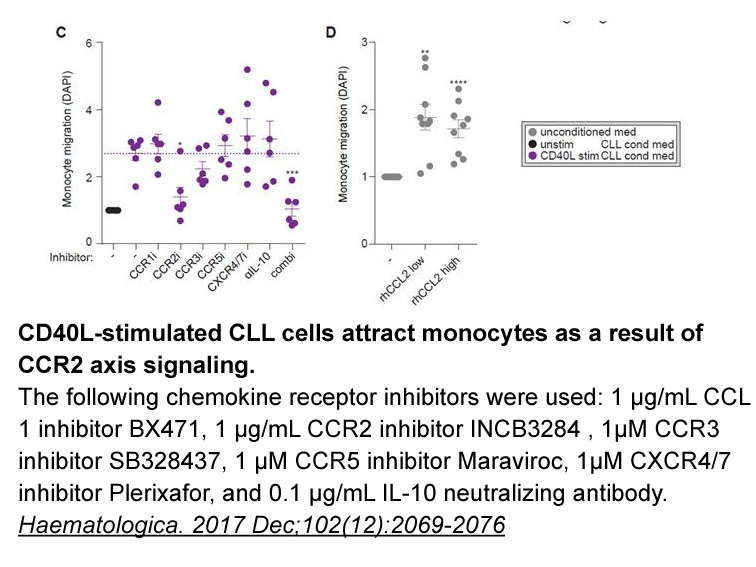
The rate of protein degradation is often affected by N-starvation [12], therefore, we examined the influence of N-starvation against the appearance of CEPs. N-starved cucumber cotyledons contained less amounts of protein and Rubisco, but the temporal changes in protein and Rubisco contents were simi
-
The AURA trial was a phase
2019-07-19
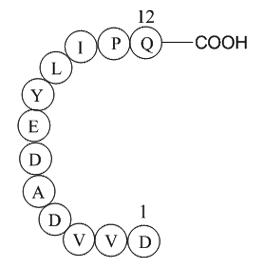
The AURA trial was a phase I/II study evaluating the safety, tolerability and activity of Osimertinib in patients with EGFR-mutated NSCLC progressing after a previous EGFR TKI. The phase I component of the study included a dose escalation part (Osimertinib 20mg to 240mg), using a rolling six design,
-
As mentioned above there are two major
2019-07-19
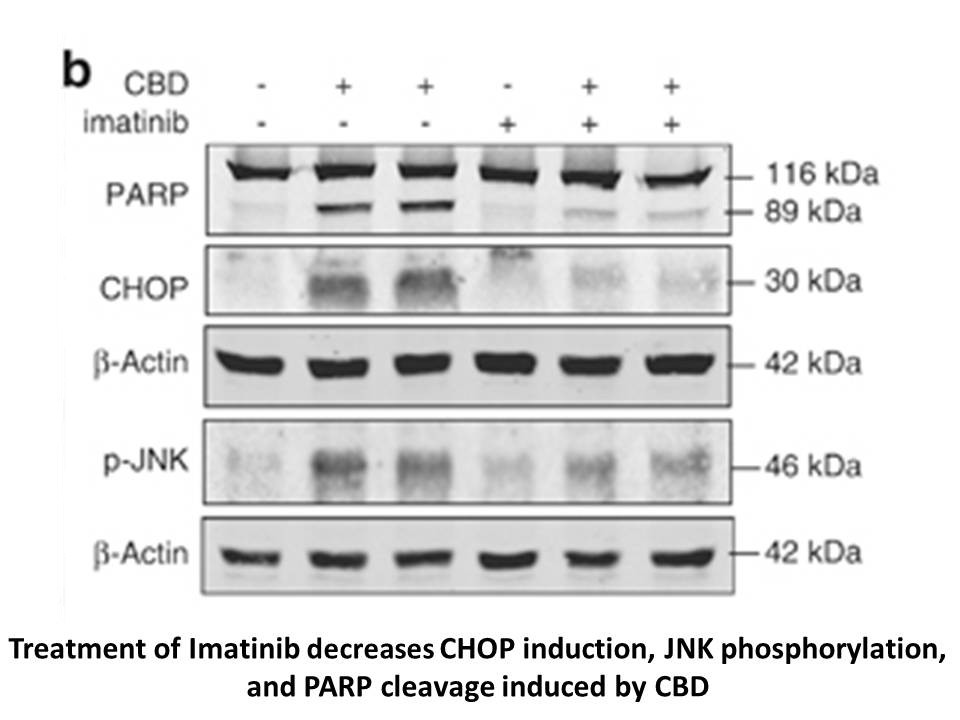
As mentioned above, there are two major pathways for the DSB repair in mammalian cells, NHEJ and HR/HDR (homology-directed repair) [13], [51]. NHEJ is active throughout the cell cycle, predominately during the G0 and G1 phases and is considered the major pathway for the DSB repair in human cells [52
-
br Prospect of DDR antagonist DDR a receptor
2019-07-19
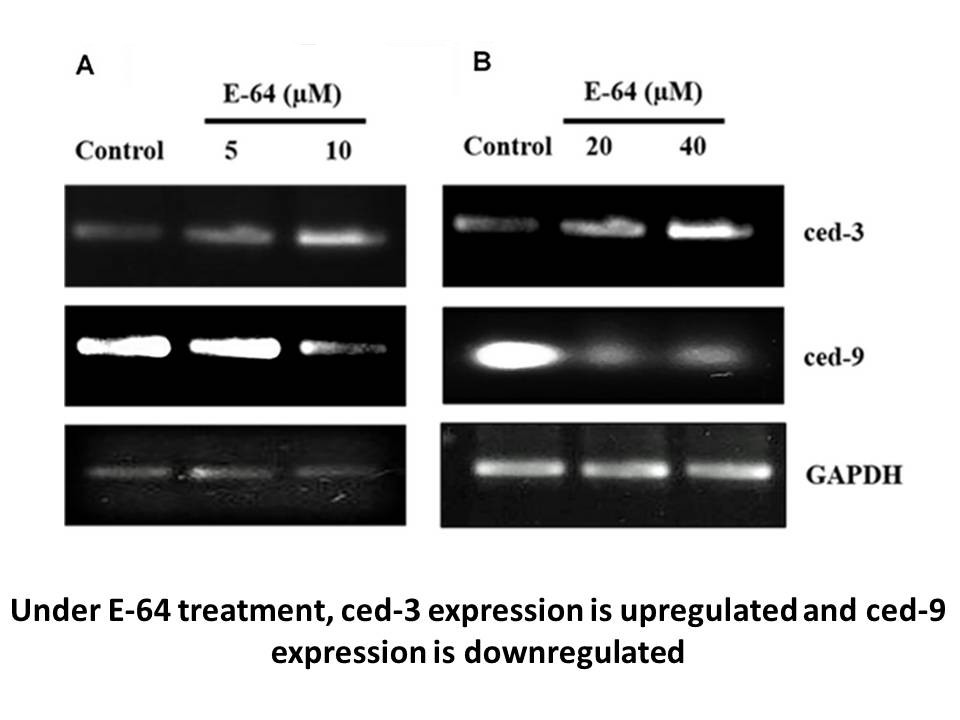
Prospect of DDR2 antagonist DDR2, a receptor of tyrosine kinase has been found now to be reported to play a significant role in onset of osteoarthritis at the early stage of diseases progression. The DDR2 are the receptor for extracellular collagen and activated upon the binding of collagen resul
-
Midazolam oral clearance is used for characterization of bot
2019-07-19
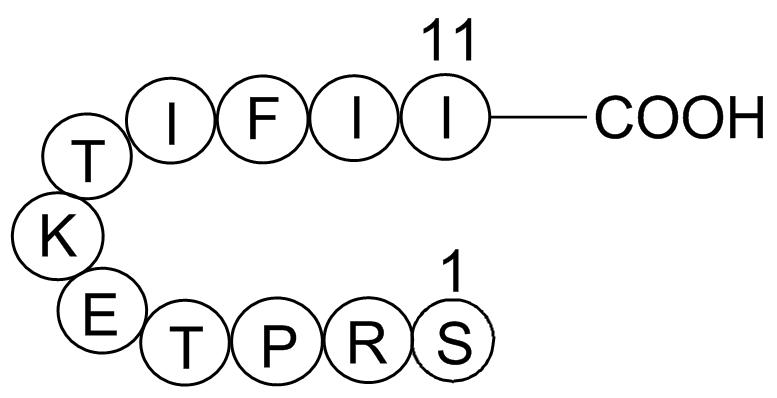
Midazolam oral clearance is used for characterization of both intestinal and hepatic CYP3A activity. However, the identification and subsequent use of metabolic markers of CYP3A activity can eliminate the need for unnecessary administration of probe drugs such as midazolam. Such metabolic markers wo
-
These data from developing brain are in contrast to noradren
2019-07-18
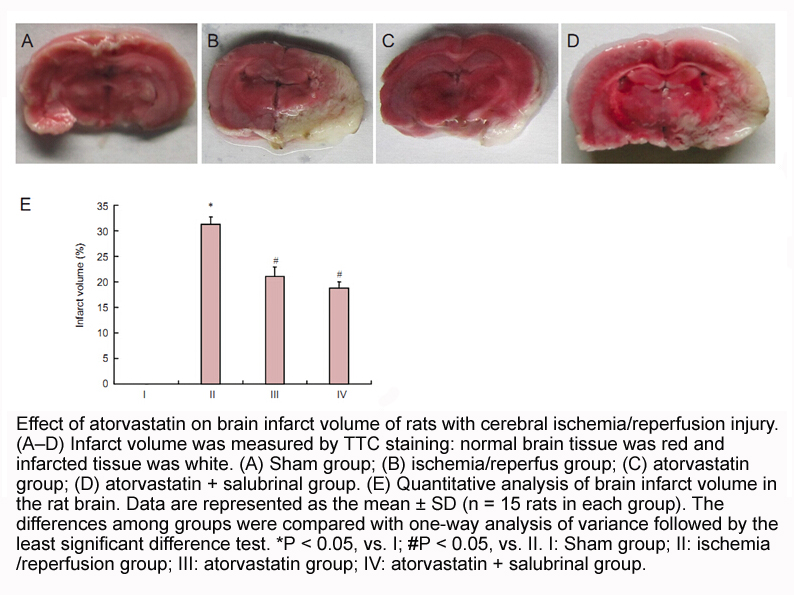
These data from developing janus kinase inhibitor are in contrast to noradrenergic receptor regulation in the adult brain. In adult animals, a persistent increase in the α2-AR high affinity state is elicited as a result of DSP-4 lesion or reserpinization, as measured by [3H]clonidine binding to mem
-
br Structure of ketosteroid dehydrogenase Overall fold High
2019-07-18
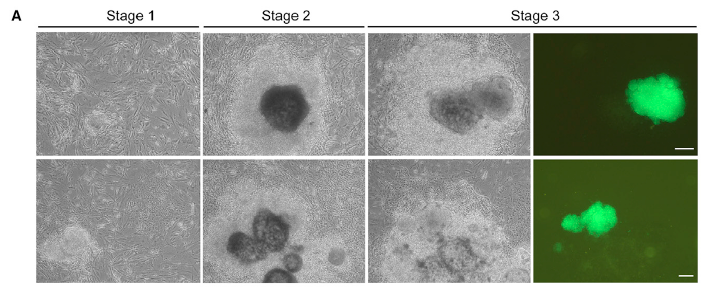
Structure of 3-ketosteroid Δ1-dehydrogenase Overall fold — High-resolution crystal structures of Δ1-KSTD are currently available for the Δ1-KSTD1 isoenzyme from R. erythropolis SQ1 [30]. The Δ1-KSTD1 molecule has an elongated shape, and consists of two domains, an FAD-binding domain and a catalyt
-
br Acknowledgements This work was supported by the
2019-07-18
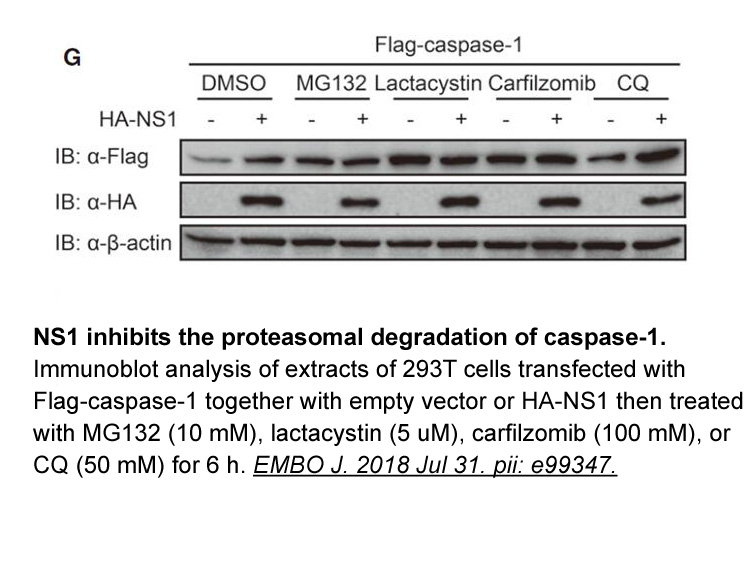
Acknowledgements This work was supported by the National Institute of Neurologic Disorders and Stroke (U54 HD061222, 1K23 NS107646-01, and 1K12NS089417-01), Rocky Mountain Rett Association, International Foundation for CDKL5 Research, the Ponzio Family Chair in Neurology Research, and NHMRC Senio
-
Data presented herein suggest that competent IL BP
2019-07-18
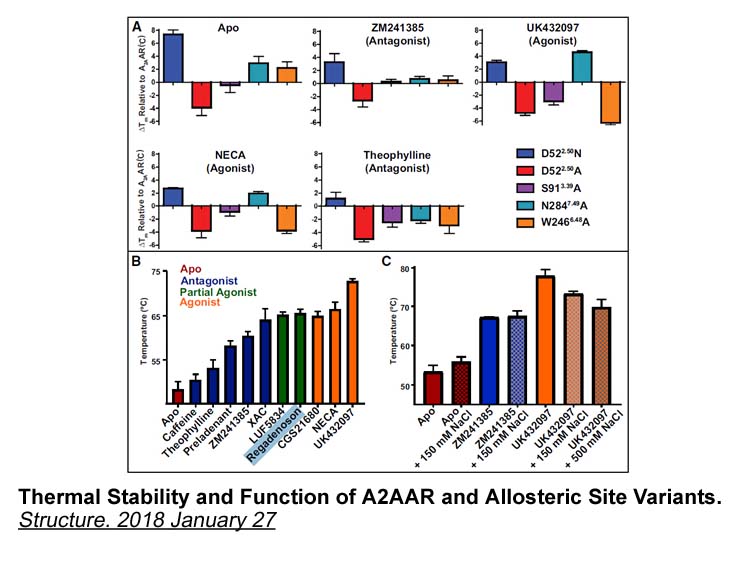
Data presented herein suggest that competent IL-18BP production in epithelial Pioglitazone HCl to is implemented by epigenetic means based on demethylation of a single CpG site at −45 bp/−44 bp (CpG2) of the human IL18BP promoter. In contrast, retarded IL-18BP production in monocytic cells associate
-
The proposed FDIR technique is presented in the following fo
2019-07-18
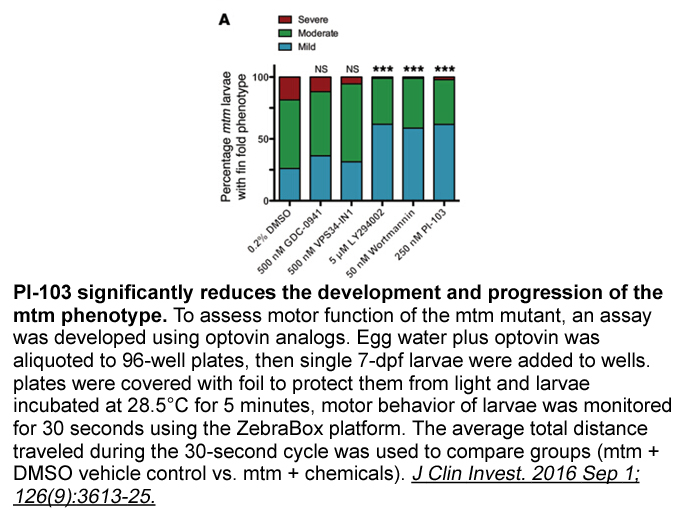
The proposed FDIR technique is presented in the following format: Section 2 contains a survey of typical orbits of interest with regard to the neuronal metabolism environment found in them, which is contrasted with a LEO orbit. Additionally, how the requirements for the satellite system can be esti
-
Recently pharmacological studies have revealed that natural
2019-07-18
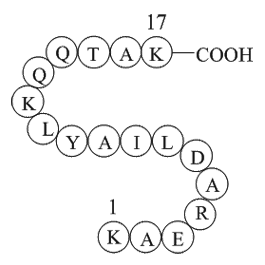
Recently, pharmacological studies have revealed that natural compounds achieve increasing attention due to its high therapeutic effectiveness and low adverse effect, compared with the chemically synthesized compounds. Emodin is a kind of natural anthraquinone derivative enriched in traditional Chine
-
br Conclusion From the series of synthesized
2019-07-18
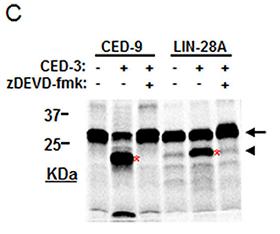
Conclusion From the series of synthesized N-methylated and N-benzylated pyrimidinediones, it may be concluded that the presence of electron rich species with pyrimidinediones is vital for enhancing binding with target, although, incorporation of steric bulky group must be taken into consideration
15907 records 995/1061 page Previous Next First page 上5页 991992993994995 下5页 Last page